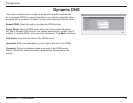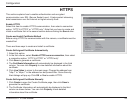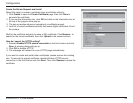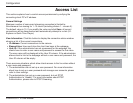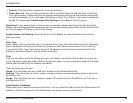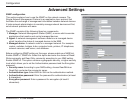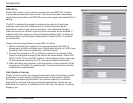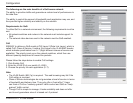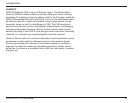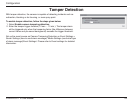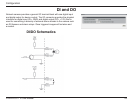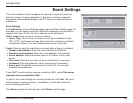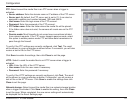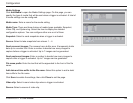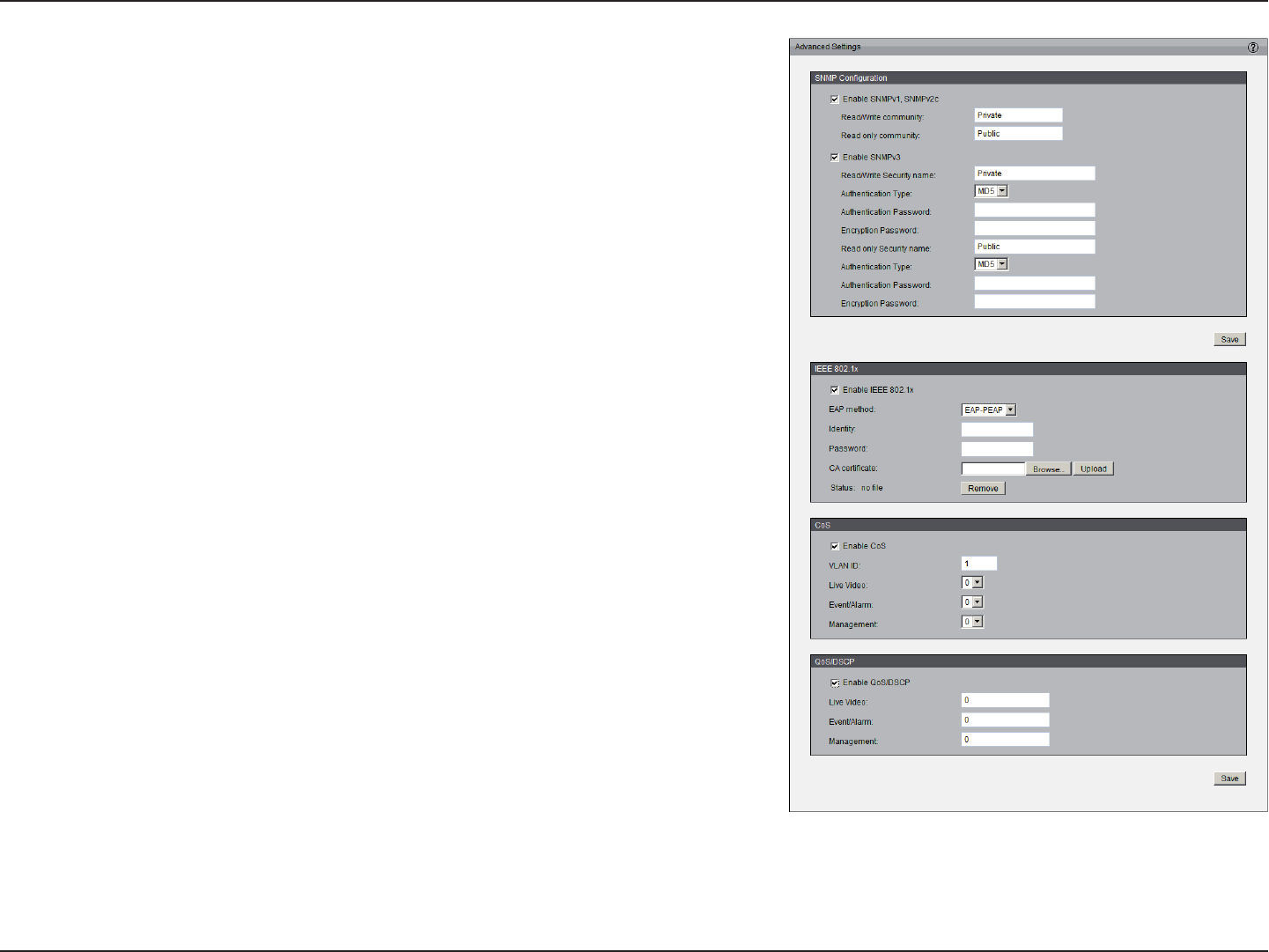
51D-Link DCS-7110 User Manual
Conguration
The following are the main benets of a QoS-aware network:
The ability to prioritize trafc and guarantee a certain level of performance to
the data ow.
The ability to control the amount of bandwidth each application may use, and
thus provide higher reliability and stability on the network.
Requirements for QoS:
To utilize QoS in a network environment, the following requirements must be
met:
• All network switches and routers in the network must include support for
QoS.
• The network video devices used in the network must be QoS-enabled.
CoS
IEEE802.1p denes a QoS model at OSI Layer 2 (Data Link Layer), which is
called CoS, Class of Service. It adds a 3-bit value to the VLAN MAC header,
which indicates prioritization from 0~7 (Eight different classes of service are
available). The priority is set up on the network switches, which then use
different queuing disciplines to forward the packets.
Please follow the steps below to enable CoS settings:
1. Click Enable CoS
2. Enter the VLAN ID of your switch (0~4095)
3. Choose the priority for each application (0~7).
Note:
• The VLAN Switch (802.1p) is required. The web browsing may fail if the
CoS setting is incorrect.
• Class of Service technologies do not guarantee a level of service in terms
of bandwidth and delivery time. They only offer a "best-effort." Users
can think of CoS as "coarsely-grained" trafc control and QoS as "nely-
grained" trafc control.
• Though CoS is simple to manage, it lacks scalability and does not offer
end-to-end guarantees since it is based on L2 protocol.




